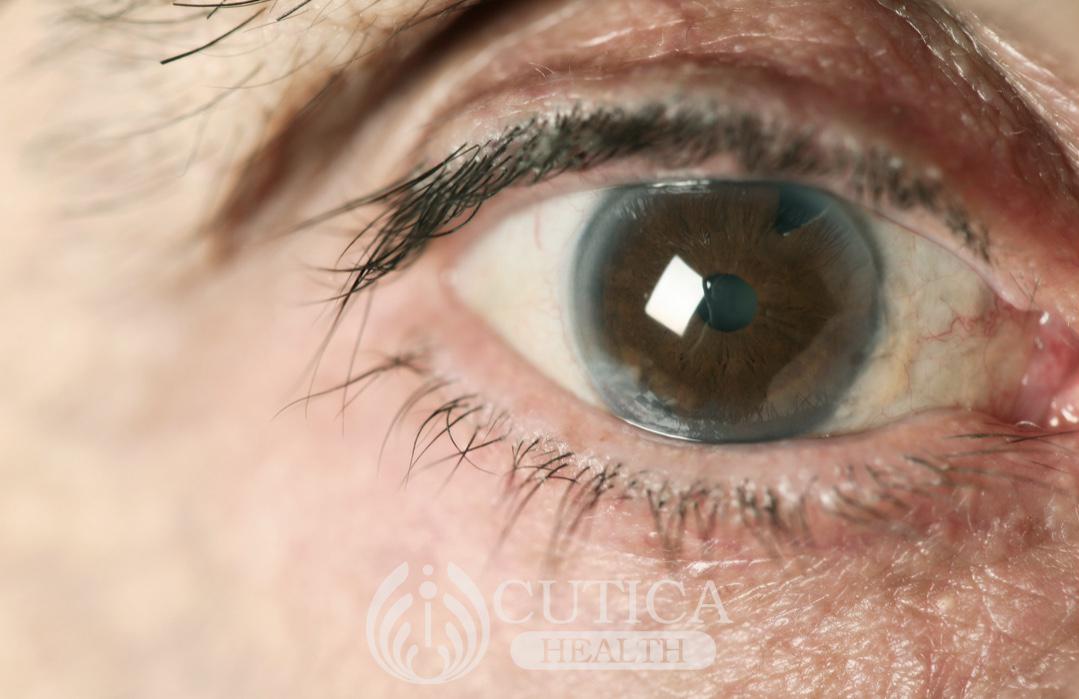
With cataract, everything becomes cloudy.
Cataract is a medical condition in which the naturally transparent lens of your eyes gets cloudy and opaque. You can have cataracts in one eye, or you can have it in both eyes.

What does it Feel Like to Have Cataract?
Symptoms of cataract develop slowly over years.
- Blurry vision (feels like looking through a foggy mirror)
- Problems seeing at night
- Colors appear faded
- Sensitivity to bright light
- Needing brighter light to read
- Needing to change prescription glasses more often
- Struggling to recognize people
- Whitish or grayish film over your eyes
- Seeing things in twos (double vision)
- Vision Issues with reading, watching TV, or working on a computer

Causes and Risk Factors
- Aging : This causes the proteins that make up the eye lens to disintegrate and clump together.
- Prolonged use of steroid medications: Using steroid medications, such as prednisolone for an extended period can also cause cataract
- Years of unprotected exposure to the sun: Excessive exposure to ultraviolet rays has been associated with the development of cataracts.
- Smoking: (argh, is there anything this smoking doesn't cause?): Studies have shown that people who smoke are twice or thrice as likely to develop cataracts as those who don't.
- Diabetes: (also known as diabetic cataracts): Elevated blood sugar causes the build- up of a substance called sorbitol in the eyes resulting in opacity.
- Trauma/Eye Diseases: Injuries to the eyes can damage the fibers of the lens.
- Excessive Radiation: This can cause cloudiness of the lens due to the breakdown of cells of the crystalline lens.

How is Cataract Treated?
Cataracts are treatable. There are both surgical and non-surgical approaches to treatment.
- Non-Surgical Cataract Treatment: The focus here is to help reduce your symptoms, especially in the early stage when the cataract is small. They include the use of anti-glare sunglasses, magnifying lenses, new prescription glasses, photochromic glasses (prescription lenses that also act as a shade to protect your eyes from high-frequency light).
- Surgical Cataract Treatment: Once the symptoms of cataract begin to interfere with your quality of life, surgery is recommended. This involves replacement of the clouded lens with an artificial lens. You can go home the same day after surgery. It is a safe and short procedure. People report better vision after cataract surgery.












